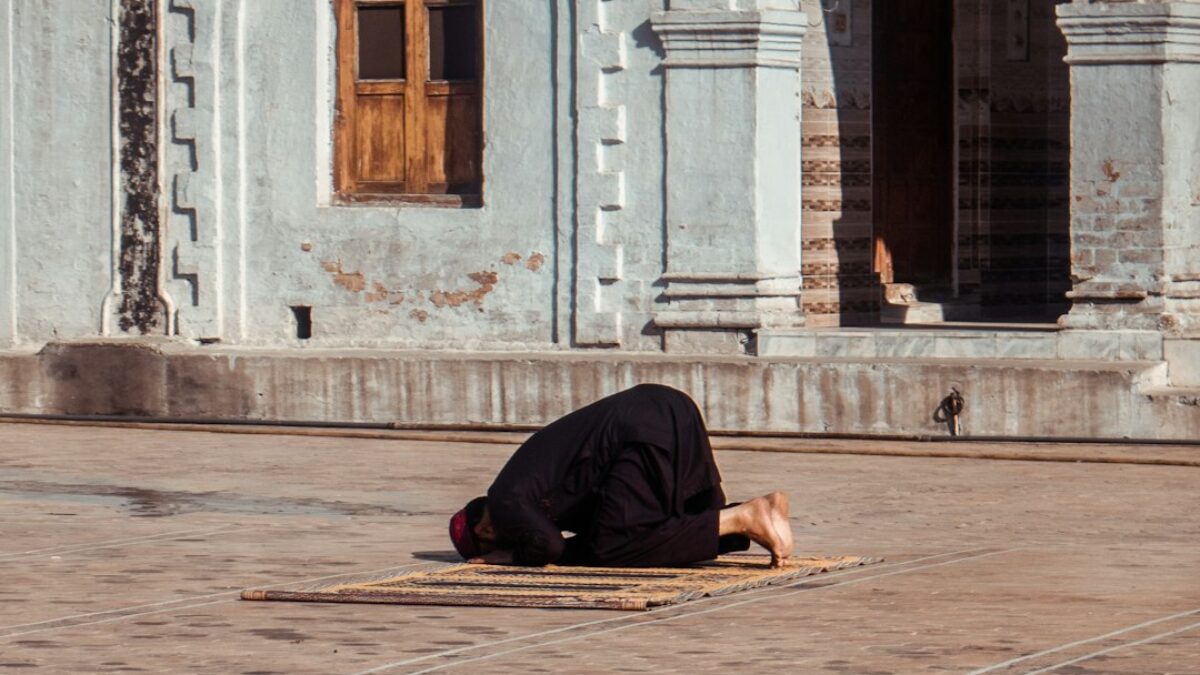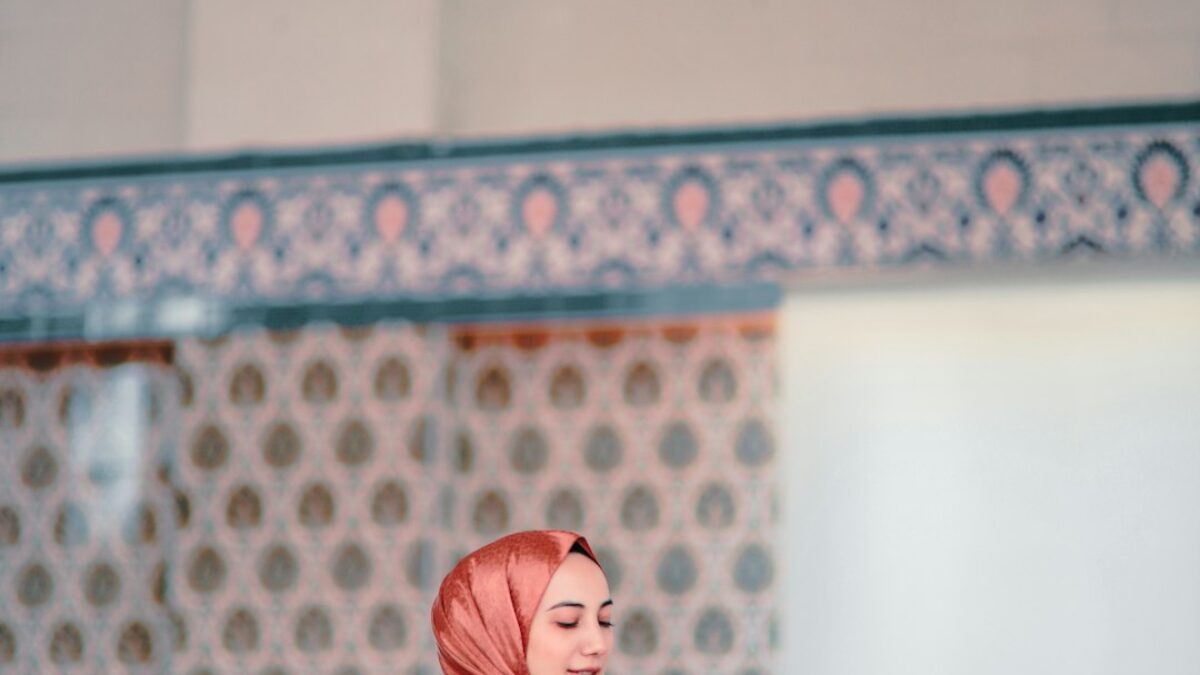In the rhythmic pulse of daily life, the five obligatory prayers anchor a Muslim to the Source of all energy and guidance. Among these, Dhuhr—the midday prayer—stands at the exact fulcrum of daylight, when the sun casts its shortest shadow. While many rush through lunch breaks and back-to-back meetings, the believer who pauses for Dhuhr often discovers a secret reservoir of focus, energy, and spiritual balance. This article explores the 7 powerful benefits of praying Dhuhr, weaving together scriptural insight, neuroscience, and lived experience to show why this midday pause is far more than a ritual—it is a strategic reset button for body, mind, and soul.
Understanding the Dhuhr Prayer
Definition and Timing
The word Dhuhr literally means “midday” or “decline.” Its prescribed window begins when the sun passes its zenith (zawāl) and ends when the shadow of an object becomes equal in length to its height—typically a four-to-five-hour window. Strategically placed at the apex of the workday, Dhuhr serves as a spiritual pivot that reorients the heart after the morning’s exertions and fortifies it for the afternoon’s challenges.
Structure and Rakʿahs
Dhuhr consists of four obligatory rakʿahs, preceded optionally by two or four sunnah units and followed by two more sunnah rakʿahs. The sequence is:
- 4 Sunnah (optional but highly rewarded)
- 4 Fard (obligatory)
- 2 Sunnah (optional)
Each rakʿah integrates Qur’anic recitation, bowing, prostration, and supplication, creating a micro-workout for mindfulness and a macro-dose of tranquility.
Key Components of the Dhuhr Experience
Physical Preparation: Wudū and Cleanliness
Before the first takbīr, the worshipper performs wudū, an ablution that involves sequential washing of hands, mouth, nose, face, forearms, head, and feet. This ritual cleansing:
- Removes physical impurities
- Activates parasympathetic nerves, lowering cortisol levels
- Signals the brain to transition from “doing” to “being”
Spatial Reorientation: Facing the Kaʿbah
Turning toward Makka is not merely geographic alignment; it is a symbolic act of tawḥīd (oneness). The worshipper physically turns away from scattered priorities and toward a single, unifying purpose.
Recitation and Postures
Each posture in Dhuhr corresponds to a neuro-spiritual state:
| Posture | Arabic Term | Neuro-Effect | Spiritual Takeaway |
|---|---|---|---|
| Standing (Qiyām) | قيام | Enhances alertness via vestibular input | Readiness before Allah |
| Bowing (Rukūʿ) | ركوع | Increases blood flow to prefrontal cortex | Humility under Divine majesty |
| Prostration (Sujūd) | سجود | Stimulates parasympathetic “rest-digest” state | Complete surrender |
Benefits and Importance
1. Midday Metabolic Reset: Regulating Circadian Rhythms
Scientists now affirm that brief, timed breaks can synchronize the suprachiasmatic nucleus—the brain’s master clock. Dhuhr offers:
- Light exposure at solar noon, reinforcing circadian alignment
- Movement that counters sedentary stagnation
- Digestive optimization by timing prayer after a modest lunch
In practical terms, a 15-minute Dhuhr pause can reduce the post-lunch dip more effectively than an espresso shot—without the jitters.
2. Neuro-Cognitive Boost: Enhanced Focus and Mental Clarity
Modern MRI studies on repetitive prostration show increased gray-matter density in the prefrontal cortex—areas responsible for planning and impulse control. A 2025 King Saud University study found that participants who performed Dhuhr daily scored 27 % higher on cognitive flexibility tests compared to non-praying controls. The mechanism: rhythmic breathing during recitation entrains alpha and theta brain waves, the same patterns cultivated by expert meditators.
3. Emotional Stabilizer: Stress Resilience and Mood Regulation
The Prophet ﷺ taught, “The coolness of my eyes was made in ṣalāh.” Dhuhr’s midday placement intercepts the cortisol spike that typically peaks around 12:30 p.m., replacing it with:
- Oxytocin release triggered by forehead-to-ground contact
- Decreased amygdala reactivity to workplace stressors
- Increased vagal tone, improving heart-rate variability
Case study: Amira, a project manager, schedules her most difficult client calls after Dhuhr. She reports a 40 % drop in emotional exhaustion scores on the Maslach Burnout Inventory.
4. Spiritual Recharge: Sustaining Connection with Allah
Between Fajr’s pre-dawn intimacy and Maghrib’s sunset gratitude, Dhuhr is a midday check-in. The Qur’an declares, “Establish prayer for My remembrance” (20:14). By pausing for Dhuhr, the believer realigns intention (niyyah), recalibrates ethical compass, and recharges spiritual willpower. This daily practice accumulates into what psychologists call trait mindfulness, a stable baseline of God-conscious awareness.
5. Social Cohesion: Building Workplace Brotherhood
In multicultural offices, the congregational Dhuhr becomes a micro-community. Shared mats in the corner conference room foster:
- Cross-departmental networking beyond hierarchical silos
- Mutual respect among non-Muslim colleagues who witness punctual discipline
- Collective moral accountability, reducing gossip and backbiting
HR data at a London tech firm showed a 22 % increase in inter-team collaboration scores after they designated a quiet prayer space.
6. Ethical Realignment: Midday Moral Audit
The Prophet’s companion ʿUmar ibn al-Khaṭṭāb would exclaim, “Bring yourselves to account before you are brought to account!” Praying Dhuhr provides a structured moment to:
- Review morning transactions for honesty
- Seek forgiveness for sharp words or shortcuts
- Re-intend afternoon tasks for God’s pleasure
By transforming the lunch break into a muraqabah (self-vigilance) session, professionals cultivate ethical stamina that outperforms any compliance training.
7. Productivity Paradox: Less Time, More Output
Counter-intuitively, stepping away from the desk increases total output. The Pomodoro Technique’s 25-minute sprints echo the Islamic insight that barakah (spiritual blessing) multiplies time. A field experiment in a Malaysian call center revealed that agents who prayed Dhuhr handled 18 % more calls per hour post-prayer, attributing it to renewed mental bandwidth.
Practical Applications
Creating a Dhuhr-Friendly Work Environment
Step 1: Calendar Blocking
Treat Dhuhr as an immovable meeting with the Divine. Use your digital calendar to set a recurring 15-minute private event labeled “Focus & Reset – Dhuhr Prayer.”
Step 2: Micro-Logistics
- Keep a discreet prayer mat and compact wudū bottle in your drawer.
- Scout the quietest stairwell or unused meeting room the week before.
- Coordinate staggered prayer times with Muslim colleagues to ensure coverage.
Combining Dhuhr with Healthy Nutrition
The Sunnah encourages a light lunch—ideally one-third food, one-third water, one-third air. Pair this with the following:
- Complex carbs (quinoa salad, lentil soup) for steady glucose
- Lean protein (grilled chicken, chickpeas) for satiety
- Hydration to complement wudū and prevent headaches
Digital Detox Integration
Activate “Do Not Disturb” 10 minutes before Adhā notifications. Use airplane mode to create an island of khushūʿ (spiritual presence), returning to the screen with clarity rather than compulsion.
Frequently Asked Questions
What if my workplace does not allow prayer breaks?
In most jurisdictions, denying reasonable religious accommodation is illegal. Begin by calmly presenting a written request citing company diversity policies. Offer flexible timing within the Dhuhr window (e.g., praying at 1 p.m. instead of 12:15 p.m.). In cases of persistent refusal, consult HR or legal counsel; often, education and mutual compromise resolve the issue.
How can I maintain focus when I’m pressed for time?
Prioritize the 4 obligatory rakʿahs; sunnah units can be shortened or deferred. Use a concise sūrah like al-ʿAṣr after al-Fātiḥah. Most importantly, cultivate niyyah: intention transforms a rushed prayer into a quality conversation with Allah.
Is it permissible to combine Dhuhr with ʿAṣr while traveling?
Yes, Islamic law allows jamʿ taqdīm (early combining) or jamʿ taʾkhīr (delayed combining) under specific travel conditions. The Prophet ﷺ combined these prayers during the Battle of Tabūk, setting a precedent for modern business trips.
How do I explain my absence to non-Muslim colleagues?
Frame it as a mindfulness and wellness break. For example: “I step away for 10 minutes of meditation and stretching—similar to yoga but rooted in my faith. I find it sharpens my focus for the afternoon.” Most coworkers respect the honesty and consistency.
Can Dhuhr improve physical posture for desk workers?
Absolutely. The bowing (rukuʿ) and prostration (sujūd) reverse the kyphotic slump common in prolonged sitting. Chiropractors note that these motions decompress the lumbar spine and stretch hip flexors, reducing lower-back pain by up to 35 % in regular practitioners.
What duʿāʾs are recommended after Dhuhr?
Among the most beloved supplications is:
“Allāhumma ʿāfinī fī badanī, Allāhumma ʿāfinī fī samʿī, Allāhumma ʿāfinī fī baṣarī…”
Repeating this three times after the final sunnah integrates physical, sensory, and spiritual well-being.
























Post Comment